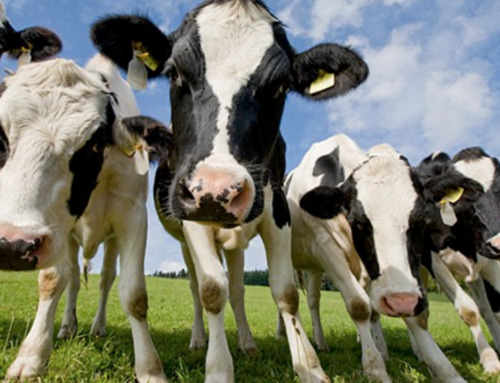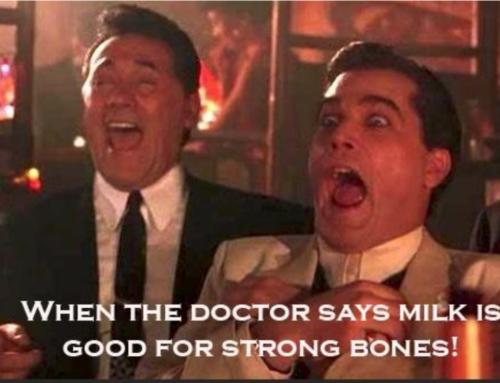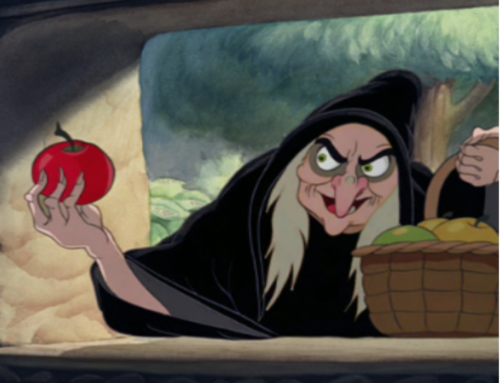What’s the first thing most of us Americans think of when we hear the word “Thanksgiving?” Exactly…. FOOD! The yams, mashed potatoes, cranberry sauce, stuffing, pie and of course at the center of it all – the big, juicy, glistening turkey.
To many, Thanksgiving is the most anticipated holiday of the year. People travel far and wide to gather with family; to enjoy the company of loved ones and perhaps take time to reflect on all they are grateful for. But underlying all of the warmth, gratitude, and joy of the holiday season is a disheartening contradiction, a cruel reality that is hidden from or ignored by the masses. Although it’s right there in front of us, so many don’t know what’s involved in getting that juicy turkey to the Thanksgiving table. So, let’s take a closer look.
The Life of a Turkey on a Factory Farm:
Most turkeys are eaten on Thanksgiving come from factory farms. Every year approximately 245 to 300 million turkeys are raised and killed for human consumption, most on factory farms where they spend their entire lives (which is on average only 99 days for a hen and 136 days for a tom. Wild turkeys can live to be 10 years old). Sometimes as many as 10,000 birds are packed into a single factory building; a closed, windowless, poorly ventilated barrack with little to no natural sunlight or fresh air. Artificial lights are kept on constantly which impacts how they eat, how they grow and how they get along with other turkeys.
Female hens are artificially inseminated by humans because the males are bred to develop such large breasts that they cannot mount the females to reproduce naturally.
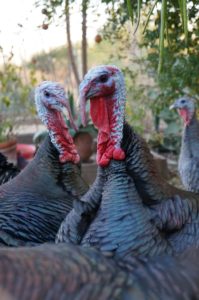
Turkeys are hatched in incubators and never see their mothers.
The overcrowding is so extreme that the birds can barely move or flap their wings especially as they grow. Their sharp beaks and toes often cut each other damaging flesh as they often must climb on top of one another to move. They are “routinely de-beaked, a painful process in which part of the sensitive, nerve-filled beak is removed using a hot blade, shears or a high-voltage electrical current.” A portion of their toes is removed with surgical shears. All of this is done without pain relievers or anesthetics.
Salmonella bacteria are often found in the intestines of turkeys and is spread through their feces as it gets on their feathers and the feathers of turkeys around them. There is already a growing concern about a current outbreak of salmonella linked to raw turkeys.
Due to these unhealthy and crowded living conditions, farmers must feed the turkeys a constant supply of antibiotics prophylactically (as a preventative measure, not as needed). Pesticides are also widely used to inhibit the spread of disease.
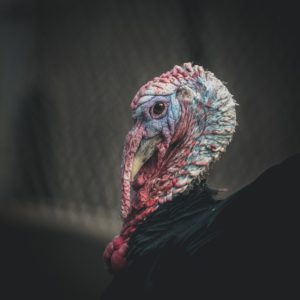
Turkeys on factory farms are also bred, drugged, and genetically manipulated to grow as large as possible as quickly as possible to increase profits. In 1960, average turkeys raised for meat weighed about 17 pounds. Today, they weigh 30 pounds. Due to selective breeding, commercial male turkeys rapidly grow to a weight 3 times larger than wild male turkeys in only 4 months. Rapid growth resulting in heavy body weight can lead to heart problems and painful leg issues, which can eventually lead to crippling. When big enough, it’s off to the slaughterhouse where they will be hung upside down, dunked in electrified water, have their throats slit, and then be dipped in scalding hot water to remove their feathers.
The sad fact is “no animals raised on factory farms are kept and killed under worse conditions than turkeys and chickens, which make up most of the animals raised for food in the U.S. Nearly 9 billion chickens are slaughtered each year for food. And because poultry is exempt from the federal Humane Methods of Slaughter Act, which the U.S. Department of Agriculture enforces, there are not even minimum federal standards governing how they live or die.”
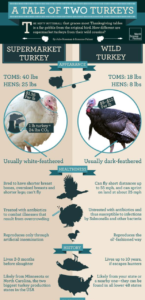
A More Humane Choice for Thanksgiving Dinner
Of course, you have the option to forego turkey altogether this Thanksgiving, but if it’s an absolute must to have this menu item for your family tradition, we recommend a local, pasture-raised, Certified Humane bird that is fed an organic diet that is agreeable to its physiology. Be sure to check out the Tale of Two Turkeys picture below.
HAPPY AND HEALTHY THANKSGIVING FROM ALL OF US AT REBEL HEALTH!
Author’s Note: At Rebel Health, we believe in educating people about what is in the food they eat, where it comes from and how it eventually makes it to their plate. This is one of our greatest passions. Education, not judgment. The presentation and dissemination of facts and truths for others to use to make their own decisions, regardless of who it might offend or piss off, is what we are all about. We believe that free will is all of ours to exercise and each individual’s lifestyle is a personal choice.
“It ain’t Cool being no jive Turkey so close to Thanksgiving” – movie Trading Places, 1983
https://www.peta.org/living/food/turkey-factory-farm-slaughter/


